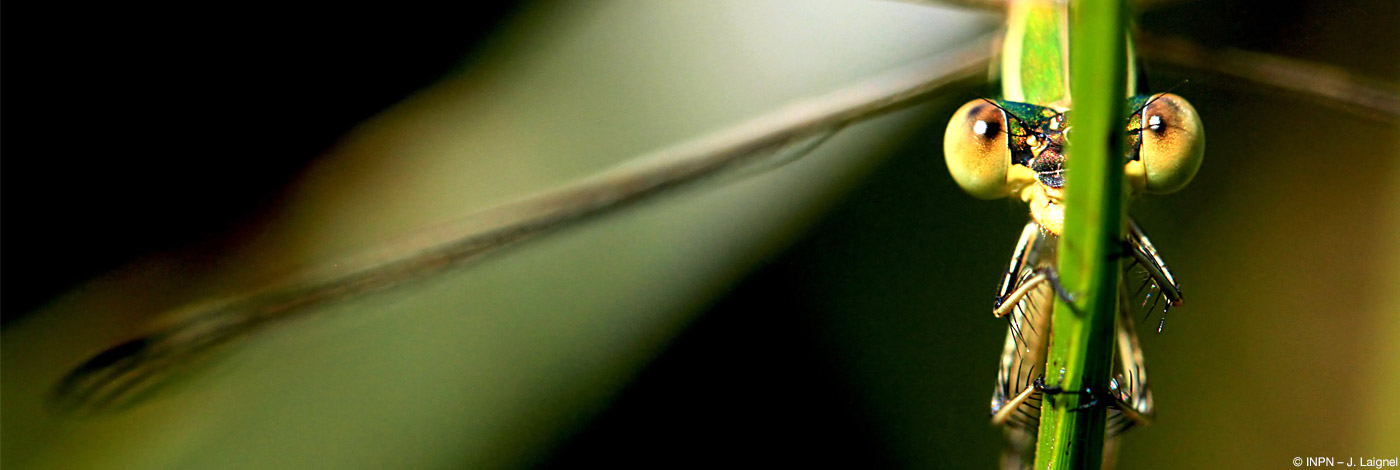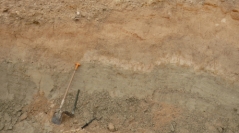

 Naturae
2020 (8) - Pages 131-141
Naturae
2020 (8) - Pages 131-141Studies of continental malacofauna for the reconstruction of Quaternary palaeoenvironments have developed considerably in France in recent decades. The creation of a database now makes it possible to provide synthesis of the evolution of the group distribution and diversity over the past 2.5 million years for the northern part of the territory. Over hundreds of thousands of years, climatic cyclicity (alternating glacial and interglacial phases) has proved to be a major factor in the distribution of continental molluscs. Many of the currently disjuncted areas or limited distributions are directly inherited from the effects of Quaternary climatic cyclicity. The comparison of temperate periods, which are the richest in specific diversity, shows a significant decrease in the number of species, particularly forest snails, since the Middle Pleistocene. During the last temperate phase, the Holocene, the multi-millennial impact of anthropization was recorded by malacological successions as early as 4500 BC. It was marked in the composition of the assemblages by the development of open environment species and a sharp decline in specific diversity. These characteristics, became dominant in valley bottom malacofauna from 1500 BC onwards. Besides, few expansions of species distribution areas, linked to the anthropization of landscapes, were detected before the industrial era.